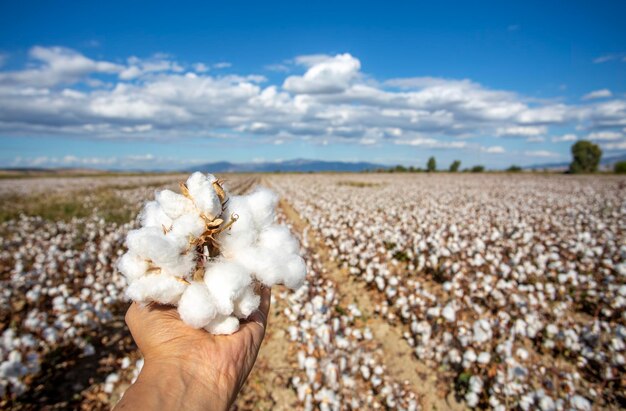Zambia, like many other countries in Sub-Saharan Africa, heavily relies on agriculture for food security and economic stability. However, climate change poses significant challenges to the sector, threatening crop yields and livelihoods. Rising temperatures, unpredictable rainfall patterns, and extreme weather events have made certain crops more vulnerable than others. Here’s a look at the top 10 crops in Zambia most at risk from climate change:
1. Maize
Maize is Zambia’s staple crop, and it is highly sensitive to climate variations, especially drought. Maize requires consistent rainfall, and with the increasing unpredictability of rain patterns, yields have been declining. Prolonged dry spells or flooding can severely affect maize production, impacting food security across the country.
2. Cassava
Cassava is somewhat drought-resistant but vulnerable to pests and diseases that thrive under changing climatic conditions. Warmer temperatures and increased humidity can lead to outbreaks of diseases like cassava mosaic virus and cassava brown streak virus, putting this important food crop at risk.
3. Groundnuts
Groundnuts are a valuable source of protein and income for many Zambian farmers. However, they are sensitive to moisture stress, and both droughts and heavy rainfall can reduce yields. Furthermore, climate change exacerbates the prevalence of aflatoxin contamination, a toxic fungus that affects groundnuts in warm, humid conditions.
4. Cotton
Cotton is an important cash crop for Zambia, but its cultivation is under threat from erratic rainfall and rising temperatures. Insufficient water can hamper cotton plant growth, leading to reduced yields. Moreover, cotton is also highly vulnerable to pest infestations, which are likely to increase due to climate-induced changes in ecosystems.
5. Sorghum
Sorghum is more drought-tolerant than maize, making it an alternative in arid regions. However, it is still affected by extreme weather events, such as flash floods and unseasonal droughts, which can lower production. The crop is also prone to pests and diseases that may thrive in new climatic conditions.
6. Tobacco
Tobacco, one of Zambia’s leading export crops, is particularly vulnerable to temperature changes. Rising temperatures can reduce leaf quality and yield, affecting the crop’s market value. Additionally, tobacco is susceptible to diseases like root rot, which thrive in wet conditions that are becoming more frequent due to climate change.
7. Sweet Potatoes
Sweet potatoes are relatively hardy but susceptible to drought and pests, which are likely to increase with climate variability. Water stress during the growing period can result in smaller tubers, reducing both yields and the nutritional value of the crop.
8. Millet
Millet, another drought-tolerant crop, is at risk from climate change due to increased frequency of droughts and unpredictable rainfall. Like sorghum, millet can survive in dry conditions but may be affected by extreme weather events, making it harder for farmers to predict and manage their crops.
9. Soybeans
Soybeans are an essential crop for food and livestock feed, but they are particularly sensitive to high temperatures and erratic rainfall. Soybean plants require consistent water throughout their growth cycle, and both water scarcity and waterlogging can significantly reduce yields. Rising temperatures may also reduce the crop’s ability to fix nitrogen, which is critical for plant growth.
10. Rice
Rice production in Zambia relies heavily on stable water sources for irrigation. However, climate change threatens these water supplies due to erratic rainfall and prolonged dry spells. Flooding in low-lying areas can also damage rice fields, causing yield losses. The rice crop is additionally prone to diseases and pests that thrive in warmer, wetter climates.
The impacts of climate change are becoming increasingly apparent in Zambia, particularly in the agricultural sector. While some crops like sorghum and millet are more resilient to drought, the country’s dependence on maize, cassava, and other sensitive crops places its food security and economy at risk. Addressing these challenges will require climate-smart agricultural practices, drought-resistant crop varieties, and improved water management strategies to help Zambian farmers adapt to the changing environment.






